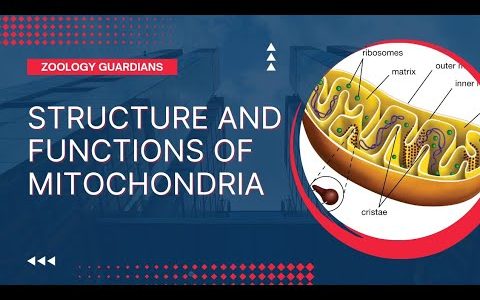As you get older, you notice you tire more easily. You’re starting to feel you don’t have enough energy to get through the day. This loss of energy is one of the signs of Age-Associated Cellular Decline, or AACD.
Deep inside your body, important natural processes are becoming less efficient, and this is happening cell by cell.
One of these processes is your cells’ natural ability to maintain NAD+ levels. Think of NAD+ as a master energizer that helps power vital processes inside your cells, such as your mitochondria’s capacity to transform food into energy that fuels your whole body from morning to night.
But as you age your body no longer produces enough NAD+. As levels of NAD+ decline, your cells don’t have the same resources they once did to produce the energy your body needs to keep you going throughout the day.
Proper diet and ordinary supplements may help, but they are often not enough to replenish NAD+ levels. That is why scientists are studying new specialized cellular nutrients that work with your body’s natural processes to restore NAD+ levels, helping your cells stay energized as you age.
What is Age-Associated Cellular Decline?
Age-Associated Cellular Decline (AACD) is the time-related deterioration in the way our cells function as we age, which often begins in our 40s and accelerates in our 60s. 1,2 While aging is a complex process involving many physical changes, new advances in scientific discovery have brought a wealth of understanding about why we age, what cellular processes change with age, and the important role cellular health plays in how we age.
Research on aging continues to describe what mechanisms relate to the health of our cells and how these mechanisms change over time and contribute to cellular decline and the process of aging. What has become increasingly evident is the importance of mitochondrial health for proper cellular function and the significant impact this can have on energy, endurance, strength and stamina after middle age. 3
As the “powerhouse” of the cell, mitochondria are primarily responsible for producing cellular energy (ATP). 4 However, a variety of cellular mechanisms decline and mitochondria become less efficient, which gradually impairs cellular function as we age. Current evidence points to mitochondrial dysfunction as a factor commonly driving accelerated cellular aging and Age-Associated Cellular Decline. 5
Although the speed of aging may be different for each individual, partly because of lifestyle and genetic factors, the declines in these important cellular mechanisms are linked with declining health. This includes reduced immune response, loss of muscle strength and function, metabolic disorders, and chronic diseases. 3
Given the pivotal role mitochondria play in our cellular health and all organs throughout the body, the ability to maintain mitochondrial health after middle age may help to support healthy cellular aging. Research and new interventions that target the health of mitochondria may show significant promise for restoring cellular processes that decline with age and improving Age-Associated Cellular Decline. 6
References:
1. https://www.ncbi.nlm.nih.gov/pubmed/22848760
2. https://www.ncbi.nlm.nih.gov/pubmed/12398937
3. https://www.ncbi.nlm.nih.gov/pubmed/23746838/
4. https://www.ncbi.nlm.nih.gov/pubmed/31387448
5. https://www.ncbi.nlm.nih.gov/pubmed/24818134
6. https://www.ncbi.nlm.nih.gov/pubmed/26942670
To learn more about Age-Associated Cellular Decline, please visit
https://www.myAACD.org
To learn more about how AACD can affect Cellular Strength and Stamina:
To learn more about how AACD can affect Cellular Protection:
source


